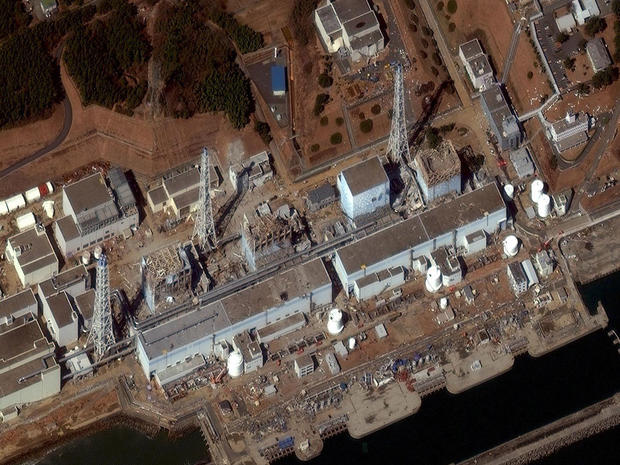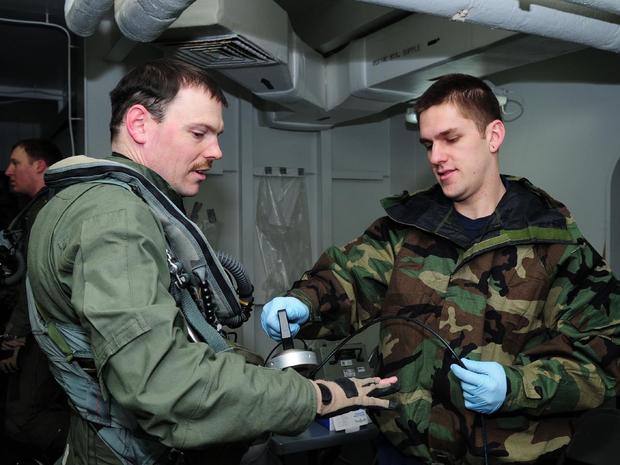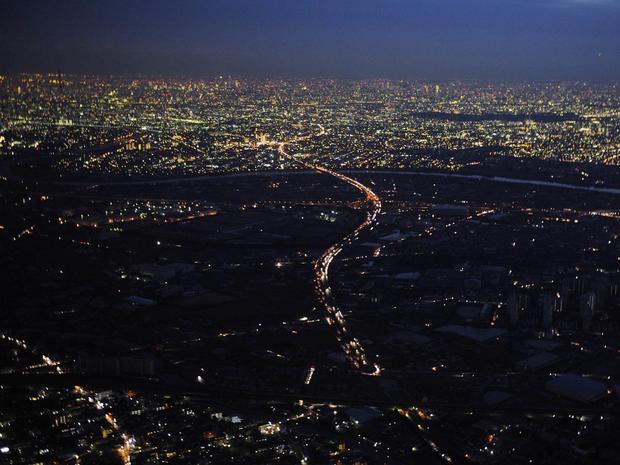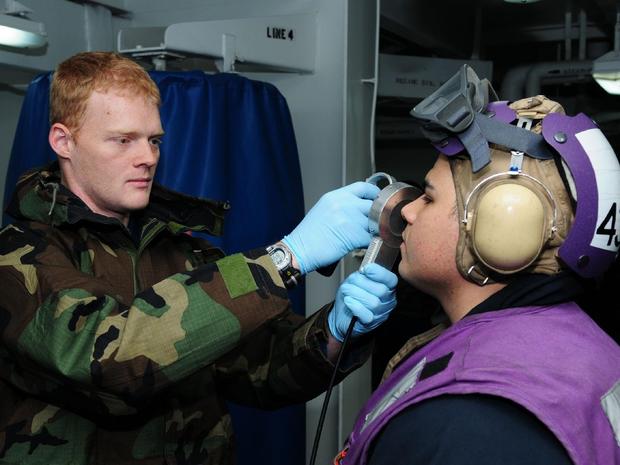Disaster in Japan: Latest developments
Last updated 11:37 p.m. ET
*Japanese news agency Kyodo pulls report of man rescued after eight days in rubble after learning from his family that he returned home after staying in a shelter.
*Japan's police agency says nearly 7,200 are dead and more than 10,900 are missing after last week's earthquake and tsunami. A week after the disasters devastated the northeast coast, the National Police Agency said Saturday that 7,197 people died and 10,905 were missing.
* Rescuers pull man from crushed house in Kesennuma city after eight days.
* Shortly after midnight March 19, Tokyo time, hyper rescue troops in coordination with the Tokyo Fire Department began a water discharge at Unit 3. A TEPCO statement said the process went on for 25 minutes.
* Tokyo Electric Power Co said it had connected an external transmission line with the Fukushima Dai-ichi power plant,
confirming that electricity can once again flow to the stricken
facility, according to Reuters. If the plant's cooling system is still operational, this new source of power could allow technicians to get the reactors under control and prevent meltdown.
Complete coverage: Disaster in Japan
"Overwhelmed" Japan raises nuke crisis severity
* Japanese engineers conceded on Friday that they may have to bury the crippled Fukushima Dai-Ichi nuclear plant in sand or encase it in concrete to try to contain the radiation. Efforts to cool the damaged reactors with water are still underway, but the public acknowledgment of this last resort option suggests the situation is still far from being under control.
* Kyodo News reports the U.S. Military is considering whether to send a 450-member radiation management team to aid Japan's effort to contain the ongoing nuclear crisis, according to Admiral Robert Willard, commander of U.S. Pacific Command. There is already a nine-member team of American advisers in Fukushima.
* Japan's nuclear safety authority has raised their assessment of the severity of the crisis at Fukushima Dai-ichi from 4 to 5 on the 7-point International Nuclear Event Scale. The partial meltdown at Three Mile Island in 1979 was rated as a 5. Chernobyl was a 7.
* The reactors and surrounding spent fuel pools have been revealed to contain plutonium, a far more deadly element than the uranium used in the plant, reports the Associated Press. Unit 3 has the highest concentration of plutonium - approximately 5 to 10-percent - according one physicist from the Union of Concerned Scientists. Plutonium is a byproduct of fission and is detectable in all of the Fukushima reactors.
* Data released by the Tokyo Electric Power Company to the Japan Times show a slight decrease in radiation levels around the plant - from 351.4 microsieverts to 265. Whether this is a steady decline in radiation leaks or a result of the use of water cooling measures is unknown.
* The Japanese government's evacuation advisory covers roughly 80,000 people, and some expect the advisory to become mandatory in the near future, according to the New York Times.
* An estimated 452,000 people are living in shelters following the earthquake and tsunami. Japan's police agency currently puts the death toll at 6,900 with 10,700 more people still missing. In a televised address, Japanese Prime Minister Naoto Kan on Friday called on the nation to "rebuild Japan from scratch" this "great test for the Japanese people."




